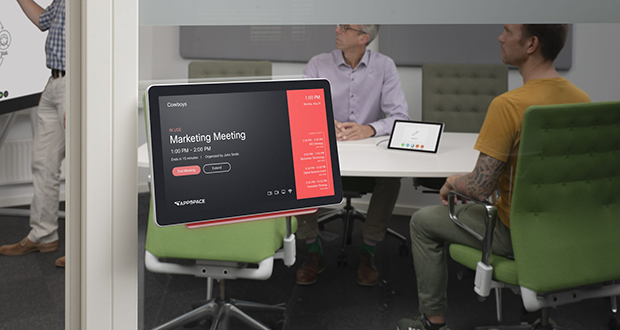Cisco has enabled persistent third-party app functionality on Webex Room Navigator displays, for features such as QR-code scanning, interactive floor maps, and signage mode when idle.
Cisco has enabled persistent web apps on Room Navigator, enabling end users to run third-party applications with features such as room and desk reservation, wayfinding, and digital signage content.
The meeting platform had previously provided open standards to allow organisations to supplement the native Webex application with specialist functionality, but says it has now taken integration to the next level.
Webex has partnered with Appspace and UMA to bring this capability to market and is working with other ecosystem partners to expand the list of supported solutions. Organisations who have developed or prefer to create their own custom, native solutions for space reservation and other office workflows will also be able to work with their own solution via easy-to-integrate cloud and device APIs.
Cisco says the move will enable a wider set of use cases for Room Navigator, such as:
- checking into a meeting room by scanning a QR code with your mobile device,
- viewing interactive floor maps that help you navigate to the nearest available room,
- customising your room booking interface or even developing your own space reservation and workspace solution to run on the touch panel,
- setting up full signage mode when the touch panel is idle, and
- configuring custom alerts and branding content.
In a blog post, Cisco product managers Arnaud Caigniet and Subbu Subramanian, said: “While users get the native, out-of-the-box Webex solution for room controls and room booking, businesses can also configure their go-to workplace management solutions and custom applications as embedded web apps on the touch when it is paired with a Webex video endpoint. By doing so, organisations get optionality and the freedom of choice to switch to their preferred apps.”
Reference : AVmagazine


